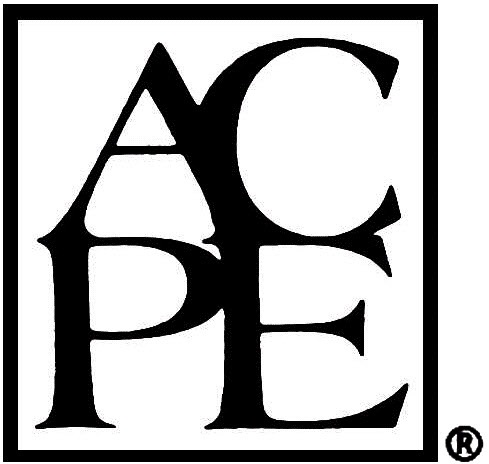PSQ1 – Become a medication safety pharmacist!
Link to EAHP StatementsSection 4 - Clinical Pharmacy: Statement - 4.8
Section 5 - Patient Safety and Quality Assurance: Statements - 5.2, 5.3, 5.5
ACPE UAN: 0475-0000-23-018-L05-P - A knowledge-based activityAbstractMedication errors, such as administering a wrong medicine to a patient, are common worldwide. Tackling this problem requires seeking for systems based risk management approaches in healthcare. Coordinating and promoting medication safety is an important part of a medication safety pharmacist’s role. What do these medication safety pharmacists do and how have they developed their roles or how have their roles evolved? How do they work multi-professionally to develop patient and medication safety? What kind of medication safety initiatives have they developed and how have these initiatives been implemented? How do these medication safety pharmacists support each other and develop national or international networks? In this session, two pharmacists working within medication safety discuss their experiences.
In Finland, the second medication safety officer (MSO) working at a hospital, providing tertiary care services to nearly one million people, started in 2020. Before starting, the hospital's Safe Medication Working Group and a survey to stakeholders had been used to identify the main and potential tasks for the MSO. Developing safe medication practices, and related guidelines, were prioritised. Networking and cooperation with healthcare professionals (e.g. doctors, nurses, pharmacists) plays a big role in getting started and to gain an insight into the current medication safety practices. To develop medication safety requires fostering and supporting change in practices: the support and commitment of the hospital management, the chief physician and the chief nurse is crucial.
The Irish Medication Safety Network (IMSN), a voluntary, independent group of hospital pharmacists from around 30 public and private hospitals, with an interest in medication safety, was established in 2007. The network’s principal aim is to improve patient safety with regard to the use of medicines. The network promotes the exchange of information on medication safety and facilitates national and global initiatives to help minimise risks to patients.
Learning objectivesAfter the session, the participant should be able to:
- To demonstrate how to develop a job description for, and how to develop as, a medication safety pharmacist in hospital settings
- To identify medication safety initiatives, including national and international networks, that could be developed in the participants’ own working environments
- To describe how to design a medication safety programme in a hospital and how to address risks with the medication process (e.g. systems review and high risk medicines)
Educational need addressedThis session will introduce how to develop a job description for a medication safety pharmacist in hospitals, how to develop as a medication safety pharmacist and how to develop medication safety initiatives, including national and international networks, that could be implemented in European hospitals.
Keywords: Patient safety, medication safety, risk management

